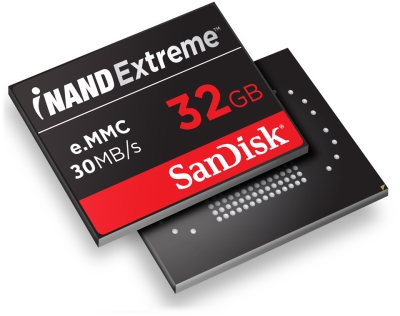Submitted by nbeam85 on

Octa-Core Processors, 2+ Ghz speeds, DDR4 memory, 74 GPU cores.... These are the kinds of "specs" that tend to steal the spotlight. And in many ways they have rightly done so for a long while. Anything less than a Dual-Core Cortex-A9 chip running at around 1.2 - 1.4 Ghz tends to create bottlenecks. But we passed that mark in the "low cost" chipset arena a year or so ago. So... while I strongly support the ongoing development of faster SoC's and RAM, I also tend to think that in many ways we are getting to a point of "good enough" across the entire price spectrum in respect to the CPU/GPU and RAM housed inside of tablets (and for that matter laptops and phones) but we are still greatly lacking in the oft-ignored area of STORAGE. I am not talking about storage space here either... 16 Gb on Android has always been plenty for me except when I am traveling and want to cart a bunch of media with me. However a growing point of frustration for myself, and for many other users (whether they are aware of it or not) is storage ACCESS SPEEDS. I.E. How fast can my system read the bits from or write the bits to that 16 GB of internal storage on my device?
I remember that all Allwinner A10 devices, Rockchip RK2918, RK3066, and RK3188 ALL suffer from device stutter ANY TIME you are writing to the internal NAND storage. So... for example... when your email comes in... everything freezes up for a few ticks. Downloading an application? Everything crawls until it is complete. Therefore poorly managed (part of the problem) and slow (probably the bigger part of the problem) storage access speeds can take a system running a phenomenally powerful Quad-Core Cortex-A9 chip at 1.6 Ghz and make it feel like an economy computer from the era of Windows Vista.
(FUN FACT: Ironically the only SoC I ever remember using that didn't experience this issue as badly as all of the other aforementioned chipsets was the NEC EV2... the very first tablet I ever used. My guess is that NEC actually focused a bit more on the storage access than their contemporary secondary-market rivals...)
While a few of the SoC designers/makers have been focusing on shoring up this weakness, both via kernel tweaks and better next-generation chipset designs, some device manufacturers have also started to tackle the issue and that is what I find to be of interest for this article. Before we dive into that though, head on over to the next section to talk about the different factors that can affect storage access speeds which will prep us to finally look at some current benchmark numbers and discuss the exciting changes coming our way right now and the rest of 2014.
